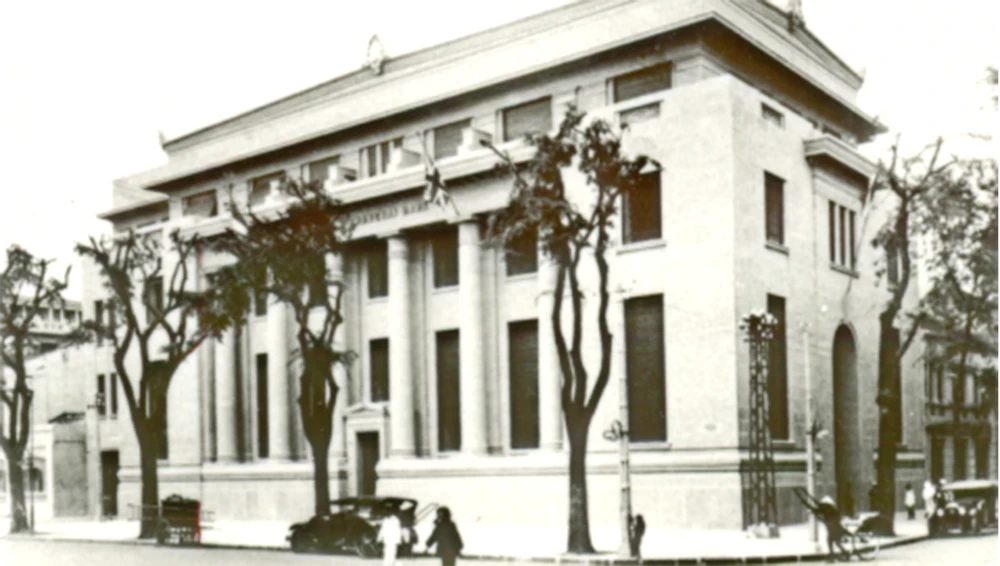
"Pair" of trade - credit - insurance
When planning the modern Saigon urban area from the late 1860s, the French paid attention to shaping the "money quarter" adjacent to the commercial port. Indeed, the Saigon Commercial Port stretched from Me Linh Square to Khanh Hoi Port, with important buildings connected together such as the Customs Office, the Commercial Port Office and Nha Rong (1) . The "money quarter" started from the intersection of D'Adran (Ho Tung Mau) - Quai de Belgique (Ben Chuong Duong), to Ong Lanh Bridge . This was where the headquarters of banks, financial companies, insurance, import-export, shipping and even consulates were located, along with facilities serving the business community.
The two are only a short distance apart! If you go by Napoléon Street (Ton Duc Thang) it is only about 100m. Crossing Tau Hu Canal by boat is also very close. The connection between the commercial port and the "gold and silver quarter" - in today's language, was only "30 seconds", after Mong Bridge was completed in 1894 and Khanh Hoi Quay Bridge - completed in 1904. At first, the "gold and silver quarter" was located entirely in a quadrangle, the longest side was Ben Chuong Duong, the shortest side was Ho Tung Mau (leading to Nguyen Hue Boulevard), the remaining two sides were Ham Nghi Boulevard and Calmette Street.
Thus, the “money quarter” has a very “prime” location because it is not only close to the commercial port but also adjacent to the largest market in the city. It is no coincidence that when moving the old Ben Thanh market to its current location, the French government built here the Cochinchina Treasury building, the headquarters of a public financial unit, within walking distance of private financial units. In addition, the road along Tau Hu canal is the main road leading to Cho Lon - a commercial center, a hub for purchasing agricultural products of the Chinese, and also the place where rice mills, agricultural processing plants and large-scale handicraft production are located.
The arrangement of the “money quarter” and the commercial port area “side by side” like this is very convenient for business. Here, merchants, ship owners, captains, warehouses, credit and insurance can easily meet to grasp news and discuss business. One of the gathering places of business people and “affairs” (brokers) in Saigon before 1945 was the Nam-kin restaurant at 11-13 Lefèbreve (Nguyen Cong Tru) located in the “money quarter”. This is also the way of planning the streets similar to port cities such as Marseilles, Bordeaux (France), London (England), New York (USA), Hong Kong, Shanghai (China) and Singapore.
The "tycoons"...
The “money quarter” still has large buildings, once the headquarters and symbols of French financiers. Reflecting on the water of Tau Hu canal , near Mong bridge is a giant silver-gray building - five floors. The building has four facades, occupies an entire block, and was built in 1929-1930. This is the headquarters of Banque de l' Indochine (BIC) - Bank of Indochina - a French private bank (1875), headquartered in Paris but authorized to issue money and many important financial services in Indochina. This building is now the headquarters of the State Bank in Ho Chi Minh City.
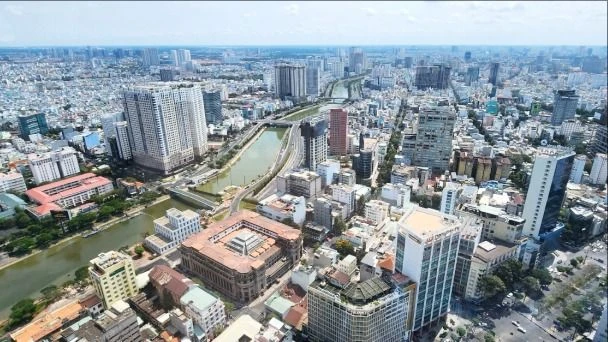
Next to the BIC building, there is a building with the same silver-gray color, located at the current corner of Vo Van Kiet - Ho Tung Mau streets. Built in the same 1930s as the BIC building and on a smaller scale, this building still has its own distinct grandeur. This was originally the headquarters of the Hongkong and Shanghai Bank (HSBC), a bank established by British capitalists in Hong Kong in 1865 and opened a branch in Saigon in 1870. Next to it, on Ho Tung Mau street, there are two other large buildings that were originally the headquarters of the Standard Chartered Bank of England and the Dainan Koosi Trading Company, a branch of the Matsushita Group of Japan. After April 1975, all three buildings were managed by state agencies. Meanwhile, the four-story Banque Franco Chinoise pour le Commerce et l'Industrie (BFC) building, i.e. the Franco-Chinese Commercial Bank, or simply the Franco-Chinese Bank, stood tall at the corner of what is now Ham Nghi and Hai Trieu streets. In the "gold and silver" neighborhood, in addition to the above-mentioned bank buildings, there was also a building that, although not a bank, had a very powerful position. That was the headquarters of the Chamber of Commerce, built around 1927-1928, and is currently the headquarters of the Ho Chi Minh City Stock Exchange. This building was the meeting place for all businessmen - regardless of nationality - operating in Saigon and Cochinchina.
During the French period, the “money quarter” had dozens of banks, financial and insurance companies, and shipping and import-export companies. During the 1954-1975 period, there were 32 banks alone, including 18 Vietnamese and 14 foreign ones, headquartered close together in many high-rise buildings on Ham Nghi, Ben Chuong Duong and Nguyen Cong Tru avenues.
Nowadays, with the development of digital economy , ultra-fast telecommunications, and AI algorithms, the construction of an International Financial Center will certainly not focus on real estate or housing. More importantly, are goods, telecommunications, and especially laws and human resources strong enough to attract international capital and international businesses?
That is perhaps the lesson of “Saigon Wall Street” from more than 150 years ago for us to reflect on and learn from!
(1) The Customs Building was built around 1863, originally the Cosmopolitan Hotel, then the colonial government bought it back to become the headquarters of the Indochina Customs, now the headquarters of the Region II Customs Department. The Nha Thuong Cang building was built later and has been demolished, now the location of the Saigon One Tower. The Nha Rong building, built 1863-1865, was the headquarters of the French state shipping company Messageries Impériale (later changed to Messageries Maritimes). After 1954, it became the headquarters of the Saigon Port Board of Directors, now the Ho Chi Minh Museum, Ho Chi Minh City branch. The building is located at the bow of Khanh Hoi Port.
Source: https://www.sggp.org.vn/pho-wall-sai-gon-hon-150-nam-truoc-post793103.html








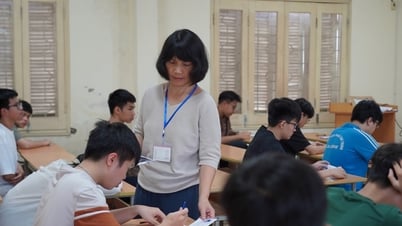

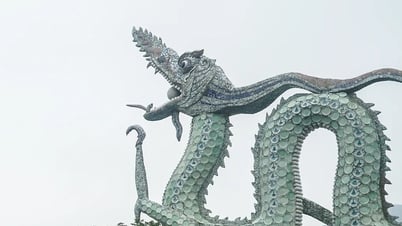











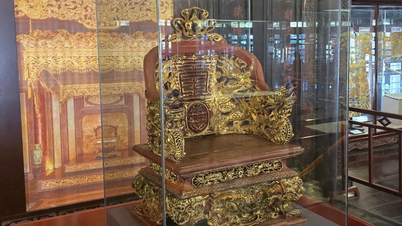


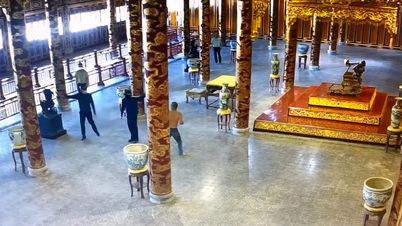
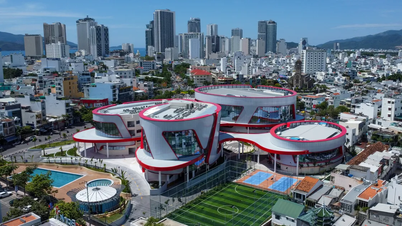

































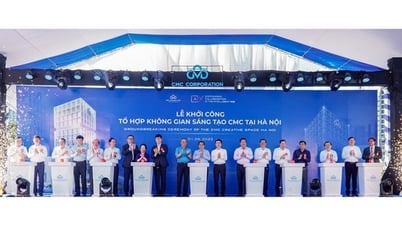

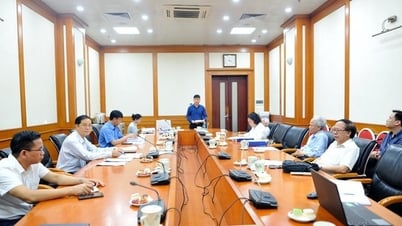






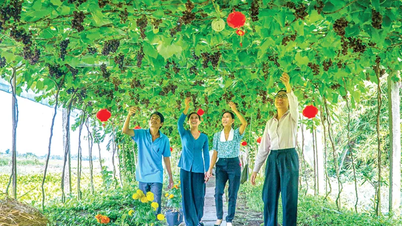

























Comment (0)